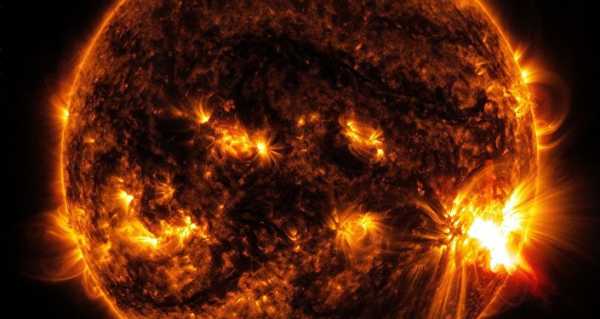
Describing the beginning of a solar cycle, Robert Cameron has explained what telltale signs mark the different phases of a solar cycle.
It turns out that the Sun has recently emerged from its minimum as a new 11-year solar cycle begins, Deutsche Welle reports citing a Max Planck scientist named Robert Cameron.
During an interview with the media outlet, Cameron, a member of Solar Cycle 25 Prediction Panel, explained that there are plenty of reasons to study the Sun, as while mankind cannot travel to the sun, the solar material can very well reach us, with high energy particles emitted during solar storms having “an effect on people in space”, and with a “large storm” even being capable of damaging “electrical infrastructure on the ground”.
He noted that scientists expect the number of auroras, which are the product of disturbances in Earth’s magnetosphere caused by solar winds, to increase as solar activity grows, adding that “that’s one of the ways we understand the solar cycle”.
The scientist also explained the mechanism behind the sunspots’ emergence, pointing out how, while the Sun itself rotates just like our planet, the star’s equator is rotating faster than the poles.
The sunspots then break up into smaller elements called faculae and “go to the poles”, with it being part of the process that “eventually reverses the direction of the sun’s magnetic field, its polarity”.
Finally, Cameron also mentioned what will likely happen in the distant future when the Sun runs out of hydrogen and starts “burning the helium”, and what it would mean for our planet.
Sourse: sputniknews.com






